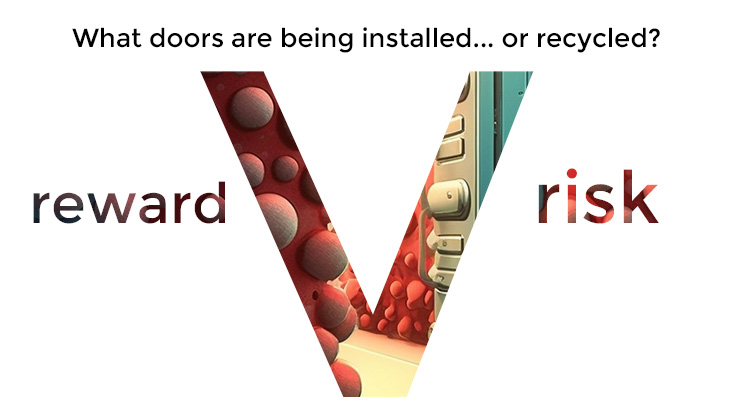It’s always important to first understand the science behind Havening Techniques. Please watch the 2 videos below so that you can quickly get up to speed on the neuroscience involved.
(Havening Explainer)
(Criteria for traumatic encodings)
Havening works by activating specialized nerve fibers in the skin, known as C-tactile fibers. When touched in a specific way, these fibers send calming signals to key brain areas like the insula and prefrontal cortex. Alongside this, the soothing touch associated with Havening can also induce delta brainwaves, commonly associated with deep relaxation and healing states (including the absorption of threat-based encodings at the cellular level). This multi-level interaction leads to a physical and chemical change in the brain, reducing stress hormones like cortisol and norepinephrine, while boosting “feel-good” chemicals like oxytocin. The end result is a shift into a calmer emotional state, making it easier to manage stress, trauma, or emotional challenges. So which C-tactile fibers are involved? Watch below.
Havening is used to reduce distress AND to build resilience and enhance wellness. As a certified Havening Techniques I work with both sides of the “V” shown below. Special thanks to Carol Robertson, PhD for coming up with the analogy of “doors” being installed or uninstalled in the neurons of our brains.

Most Havening Practitioners have also seen their clients access info and messages from beyond themselves. For example, in this audio, you can use Havening Touch (per my disclaimer) to gain insights and new ideas: